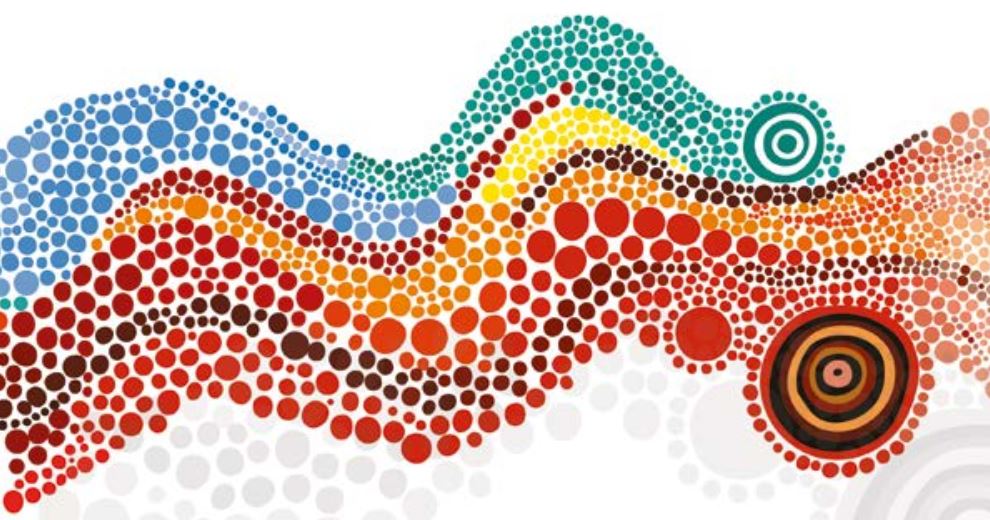In a joint statement the Australian Healthcare and Hospitals Association, Public Health Association of Australia, Consumers Health Forum of Australia and National Rural Health Alliance have endorsed the need for health care providers and professions to ‘seriously embrace’ the concept of cultural safety if they are to be agents in improving health outcomes for indigenous Australians.
They supported the recent call for culturally safe and respectful practice made by the Nursing and Midwifery Board of Australia, Australian College of Midwives, Australian College of Nursing, Congress of Aboriginal and Torres Strait Islander Nurses and Midwives, and the Australian Nursing and Midwifery Federation.
“Cultural safety in this context involves health professionals examining their own beliefs, behaviours and practices, as well as issues such as institutional racism, in ensuring that their services are perceived as safe—by the patient rather than the provider”.
“For much too long Aboriginal and Torres Strait Islander people have found health services unwelcoming, and even traumatic to the point where they will discharge themselves from hospital against medical advice”, AHHA’s Strategic Program Director, Dr Chris Bourke said.
Click here to read the full story on the AHHA website.
On the 28th of March the Royal Australian College of General Practitioners (RACGP) and the National Aboriginal Community Controlled Health Organisation (NACCHO) launched a guide that ‘aims to improve the level of healthcare currently being delivered to Aboriginal and Torres Strait Islander patients and close the gap’. Click here for more information and to download the National Guide to a Preventative Health Assessment for Aboriginal and Torres Strait Islander People.
Health and life expectancy outcomes continue to dramatically differ from non-indigenous Australians. Click here to read the AIHW report Cancer in Aboriginal & Torres Strait Islander people of Australia (released 15th March).
Pic: The circle often seen in indigenous art is symbolic of family, community, strength and unity. Pic credit: NACCHO


